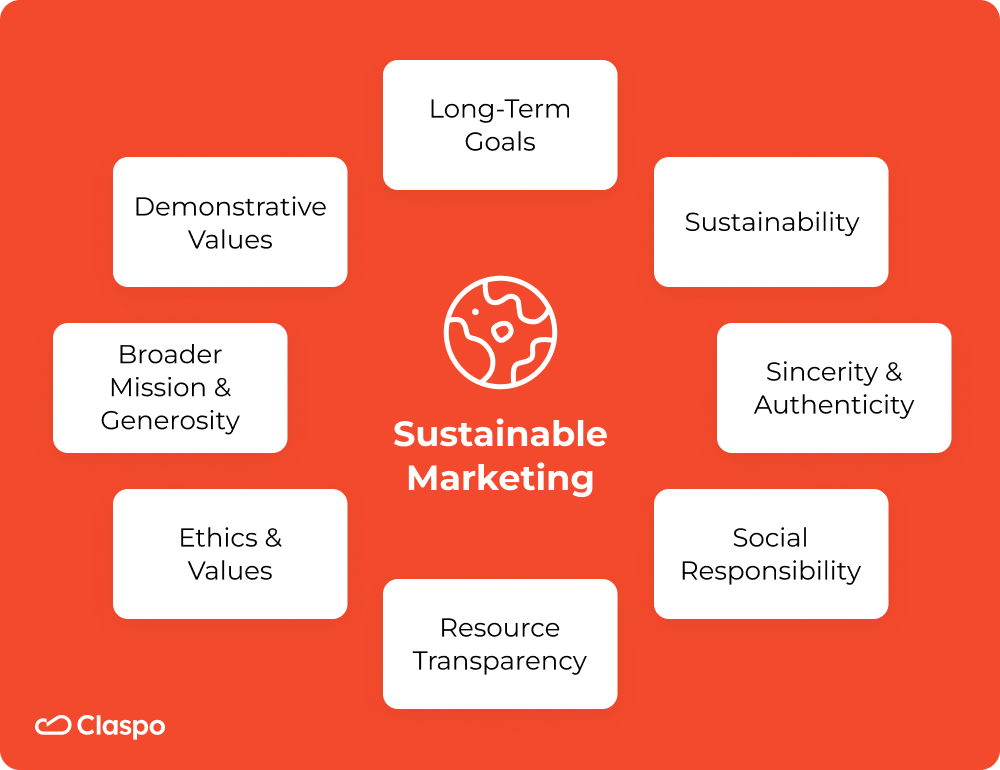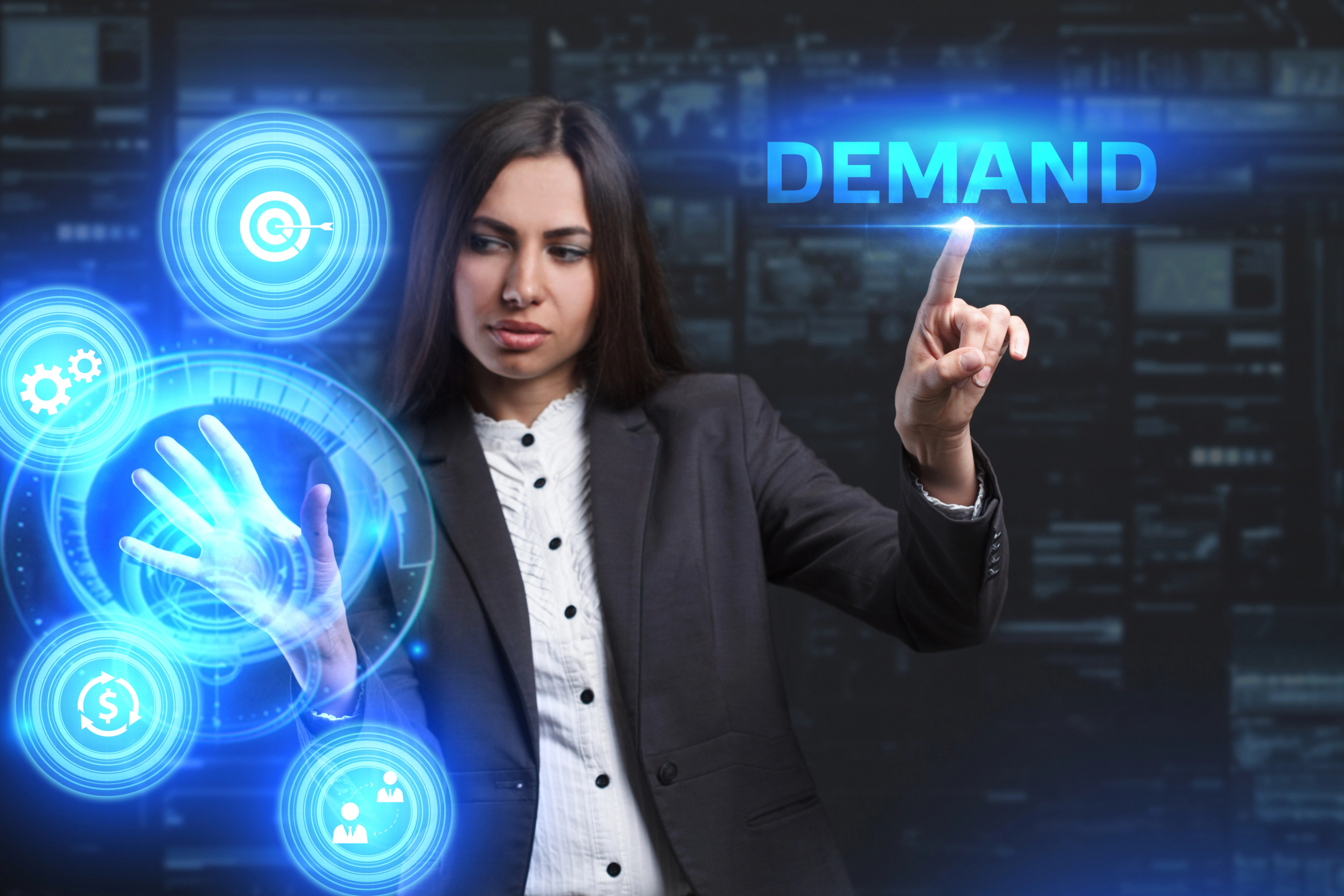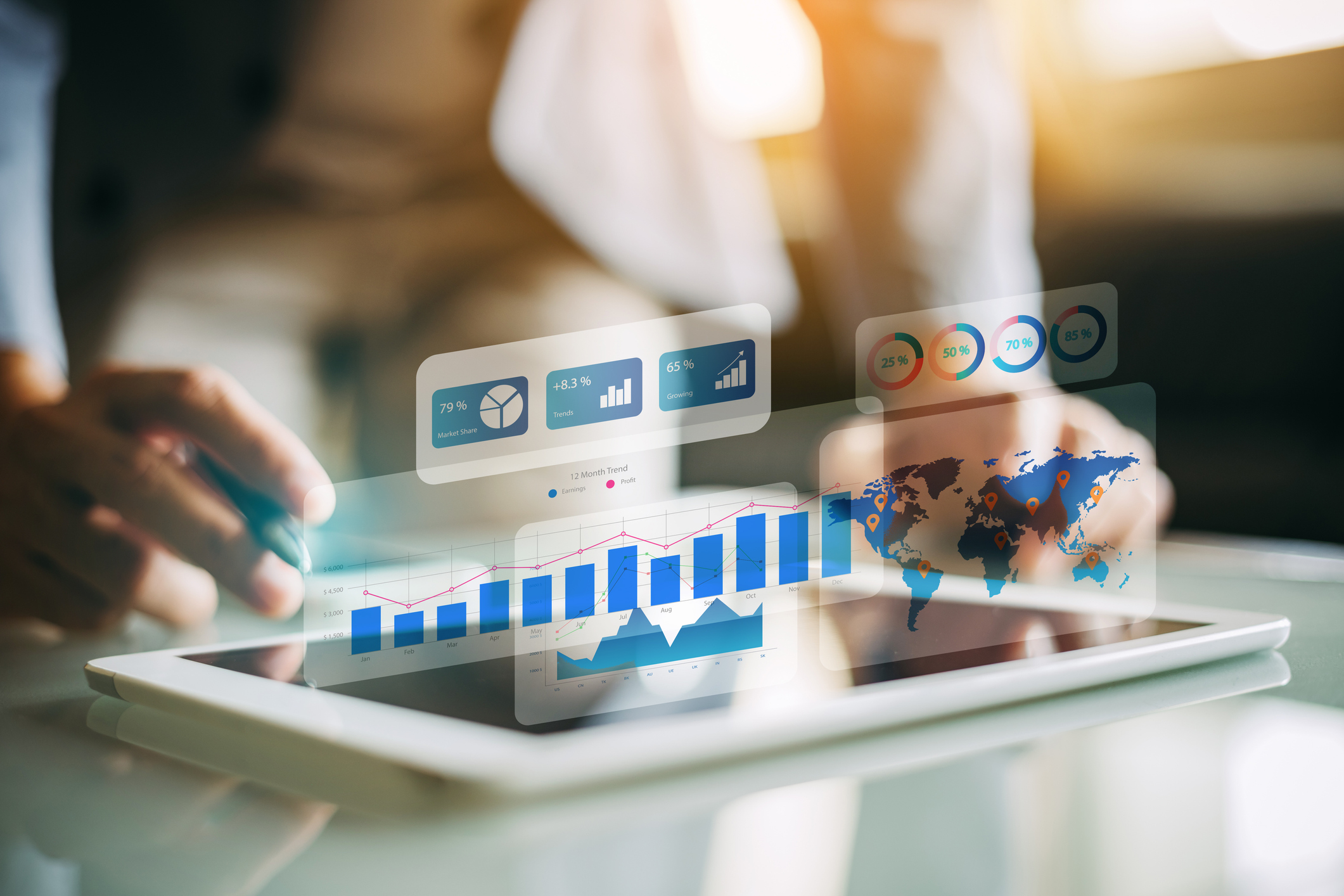Top 5 Demand Generation Trends to Watch in 2025
Marketing typically starts with demand generation, a process that drives awareness and interest in potential customers. Demand generation will change in 2025, though, as new technologies and shifting consumer behaviors come to the forefront.
Changes we could see in the coming year include the rise of AI-powered insights, new data collection methods, and a focus on interactive content. Businesses that stay up to date on these trends will do a better job of capturing attention, building trust, and converting leads.
About 70% of marketers believe their leads are high quality, but there’s always room for improvement. This article explores the top five demand generation trends to watch in 2025 to help you make the most of your marketing strategies.
Quick Takeaways
- Using artificial intelligence to deliver tailored experiences and anticipate customer needs can build loyalty through hyper-personalized marketing.
- Engaging audiences with quizzes, AR/VR tools, and live polls makes campaigns dynamic while gathering actionable data.
- Creating a seamless, consistent customer experience across platforms boosts brand visibility and strengthens connections.
- Leveraging agency expertise delivers scalable, cost-effective demand-generation campaigns tailored to your business needs.
1. Personalization Powered by AI and Machine Learning
Artificial intelligence (AI) and machine learning (ML) are changing demand generation by allowing businesses to deliver hyper-personalized customer experiences at scale.
These technologies work to analyze massive amounts of data to uncover patterns, preferences, and behaviors so marketers can customize their messages and offers for individual customers.
AI enhances personalization through predictive analytics, which anticipates customer needs based on past interactions. For example, an AI-powered tool might identify a potential customer’s interest in a product before they search for it, allowing marketers to send targeted promotions or content.
Similarly, AI-powered chatbots provide customized support, allowing prospects to receive relevant answers and recommendations instantly. Recommendation engines can also suggest products or services based on browsing history, purchases, or demographic data.
The impact of AI-driven personalization is significant. Customers are more likely to enjoy and respond to relevant content, leading to higher conversion rates. In addition, this level of attention builds trust and loyalty, improving long-term customer retention.
Businesses that use AI and ML to personalize their demand generation efforts in 2025 will put themselves in an outstanding position moving forward.
2. Interactive and Immersive Content
Interactive and immersive content is altering how businesses engage with audiences, making demand-generation campaigns more dynamic. This type of content encourages active participation from users and can include things like quizzes, augmented reality (AR), virtual reality (VR) experiences, and live polls.
Unlike static content, it allows audiences to interact with the material, creating memorable and personalized experiences.
In 2025, interactive and immersive content will stand out because it caters to modern consumers’ desire for engagement and immediacy. For instance, brands use quizzes to help potential customers discover products that meet their needs, while AR tools let shoppers virtually try on clothes or visualize furniture in their homes.
Similarly, VR experiences take users into virtual spaces to explore products or services, creating a sense of connection and excitement. Live polls during webinars or social media events encourage real-time feedback, too, making audiences feel involved and valued.
Beyond engagement, these tools also help businesses capture valuable data. For example, quiz responses and AR interactions provide insights into preferences and behaviors, allowing marketers to refine audience segmentation and deliver more targeted campaigns.
Overall, interactive and immersive content helps brands captivate their audiences and gather actionable insights to drive future growth.
3. Omnichannel Strategies
Omnichannel marketing provides a seamless and unified customer experience across multiple platforms and channels. It means that whether customers interact with your brand on social media, email, paid ads, or at events, they receive consistent messaging and a cohesive journey.

In demand generation, omnichannel strategies build trust and guide prospects through the sales funnel.
Integrating multiple platforms is a large part of creating an effective omnichannel strategy. For example, a potential customer might first encounter a brand through a targeted Instagram ad, then receive a follow-up email with personalized recommendations, and later attend a webinar hosted by the brand. Each touchpoint reinforces the message and keeps the brand top-of-mind.
Consistency across channels also matters. When customers see the same tone, messaging, and branding everywhere they interact with you, it creates a sense of reliability and professionalism.
This consistency helps build stronger connections with your audience, making them more likely to engage with your brand and convert into customers.
The benefits of omnichannel strategies are significant. They improve brand visibility by reaching customers wherever they are while also encouraging deeper, more meaningful relationships.
In short, you can drive demand and boost conversions by meeting customers on their preferred platforms with personalized messaging.
4. Sustainability and Ethical Marketing
Consumers are more into sustainability and ethical practices than ever, and brands are responding by integrating these values into their demand-generation strategies. Modern audiences, particularly younger generations, prefer supporting businesses with a genuine commitment to environmental and social responsibility.

Showcasing sustainability initiatives—like reducing carbon footprints, adopting eco-friendly packaging, or partnering with charitable organizations—builds trust and strengthens brand loyalty among eco-conscious consumers.
For example, fashion industry companies might promote collections made from recycled materials, while tech firms highlight their use of renewable energy in data centers.
Ethical marketing also involves transparency about sourcing, labor practices, and corporate values. Many brands now include sustainability efforts in their campaigns, like creating content that educates audiences on their green initiatives or launching cause-driven campaigns tied to environmental milestones.
When you focus on consumer values, your business can drive demand while positively impacting the planet and society.
5. Outsourcing Demand Generation
Outsourcing demand generation is becoming popular as businesses look for new ways to drive growth. Instead of managing everything in-house, companies partner with agencies or specialists who focus exclusively on demand-generation strategies.
This approach means businesses can take advantage of expert knowledge and resources while freeing up internal teams to focus on core activities.
One of the most significant benefits of outsourcing is access to expertise. Demand generation agencies are well-versed in the latest tools, technologies, and best practices, helping them create cutting-edge campaigns.
Scalability is another advantage; as your business grows, an outsourced partner can quickly adjust resources to match your evolving needs. Outsourcing is often more cost-efficient than building and maintaining an entire in-house team, particularly for small to mid-sized businesses.
The most important aspect of demand generation outsourcing is selecting the right partner. You’ll want to look for agencies with a strong reputation in the industry and proven experience in your specific market or sector.
It also helps to evaluate their service offerings to check that they align with your goals. A good partner should act as an extension of your team, bringing value and driving measurable results.
Your Demand Generation Partner
The top five demand generation trends to watch in 2025—AI-powered personalization, interactive content experiences, outsourcing demand generation, data-driven decision-making, and omnichannel strategies—are reshaping how businesses attract and engage their audiences. When companies embrace these strategies, they can create personalized and engaging customer experiences, optimize resources, and achieve better ROI.
Televerde can put your organization on the right track with our lead generation services. We’ll generate, qualify, and nurture your leads, which will directly influence your sales numbers. Contact Televerde today to arrange a consultation with our expert team.


